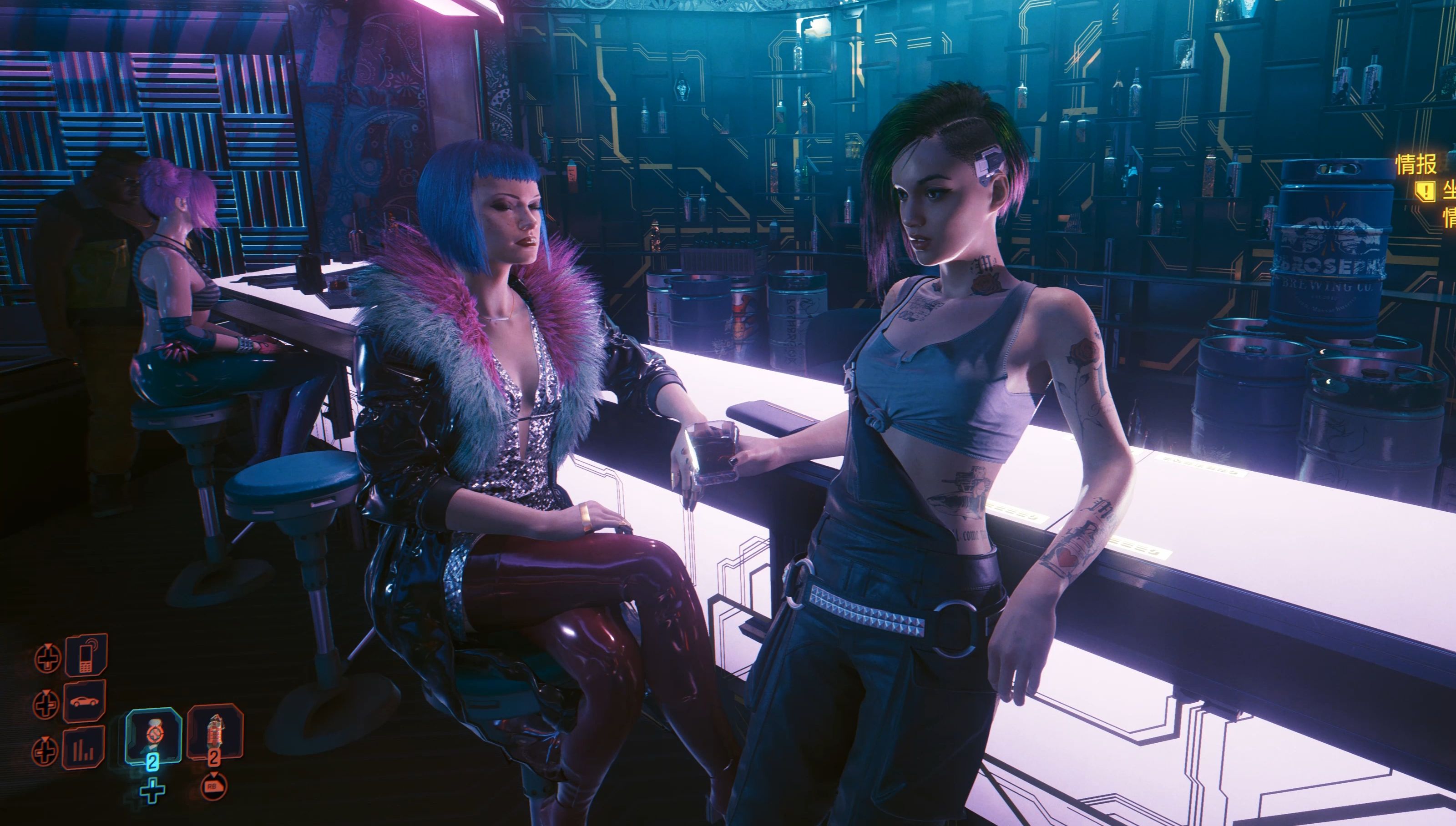Fire Emblem: New Mystery of the Emblem: The Hero of Light and Shadow stands as a fascinating anomaly in the history of its genre. Released in 2010 for the Nintendo DS as a remake of the 1994 Super Famicom title Mystery of the Emblem, it was, notably, the only mainline Fire Emblem game never officially localized for Western audiences. Yet, its impact on the series and the broader JRPG landscape is profound. Far from being a simple graphical overhaul, New Mystery of the Emblem serves as a crucial evolutionary pivot point, a game that meticulously refined the tactical JRPG formula by introducing radical player-centric features, deepening strategic complexity, and redefining narrative integration within its gameplay systems. It is a title that looks both backward, honoring its classic roots, and forward, planting the seeds for the modern Fire Emblem era.
The most significant and controversial update New Mystery brought to the JRPG table was the introduction of the "My Unit" system—the series' first fully customizable avatar protagonist. In an era where JRPGs were largely defined by pre-written, fixed protagonists like Cloud Strife or Crono, this was a substantial deviation. The player-created character, later named Kris, is inserted directly into the heart of the existing Mystery of the Emblem narrative, serving as Marth's personal bodyguard and most trusted tactician. This move was met with mixed reactions, as Kris's presence sometimes overshadowed established characters. However, from a design perspective, it was a revolutionary step. It transformed the player's role from a passive observer of Marth's story to an active, embodied participant within it. This personalized the experience, fostering a deeper emotional connection to the army and the stakes. The bond system, first introduced in Fire Emblem: The Blazing Blade and refined in Path of Radiance, found its ultimate expression here, as the Avatar could build support relationships with every character, directly influencing gameplay through stat bonuses and unlocking poignant character-driven conversations. This fusion of personalized identity with strategic social simulation would become a cornerstone of future titles like Awakening and Three Houses.
Beyond narrative integration, New Mystery aggressively updated the JRPG ethos of accessibility and player agency. The series was infamous for its permanent death mechanic (permadeath), a feature that created immense tension but also created a high barrier to entry. New Mystery addressed this not by removing the classic mode, but by introducing a granular difficulty system that catered to a spectrum of players. The inclusion of "Casual Mode" was a watershed moment. For the first time, players could choose to have fallen units retreat instead of dying permanently, fundamentally altering the emotional and strategic weight of each decision. This single feature is arguably responsible for broadening the series' appeal and saving it from commercial obscurity, paving the way for Awakening's massive success.
Furthermore, the game introduced a suite of quality-of-life features that modernized the SRPG experience. The "Battle Save" function allowed for a single mid-chapter save on higher difficulties, mitigating the frustration of losing progress to a single mistake without compromising the core challenge. Perhaps most innovative was the addition of optional, fully-voiced "Side Stories" or "Einherjar" quests. These brief, character-specific chapters, unlocked by visiting certain houses in the main story, served multiple purposes: they provided valuable backstory for minor characters who might otherwise lack development, offered opportunities for extra experience and loot, and allowed players to recruit legendary figures from past games. This system cleverly expanded the game's world and lore without bloating the main narrative, a design philosophy that respects the player's time—a significant update to the often-grindy nature of traditional JRPGs.
On a purely tactical level, New Mystery refined the series' strategic skeleton to a razor's edge. While the core weapon triangle and grid-based combat remained, new elements added layers of depth. The reclassification of the "Ballistician" and "Thief" classes into standard, level-able units gave players more flexibility in building their army. The game also perfected the "reclassing" system introduced in Shadow Dragon, allowing most units to switch between a set of class lines. This dramatically increased strategic possibilities, enabling players to tailor their army to specific chapter challenges or correct for a unit's statistical weaknesses. It encouraged experimentation and multiple playthroughs, moving the genre away from static character roles towards a more dynamic and customizable party-building approach.
The game's narrative structure itself received a subtle but impactful JRPG update through its alignment system. While not as explicit as in later titles, the game tracks the player's actions—such as the efficiency in completing chapters, the number of side objectives achieved, and how units are treated—to determine a "Character Alignment" (a hidden value influencing which characters can be recruited). This mechanic creates a narrative feedback loop where the player's strategic choices have tangible consequences on the story's cast, reinforcing the theme of leadership and the weight of command. It’s a more organic form of the morality systems seen in Western RPGs, seamlessly integrated into the fabric of a tactical JRPG.

In conclusion, Fire Emblem: New Mystery of the Emblem is far more than a nostalgic remake. It is a masterclass in iterative design, a game that acted as a laboratory for the ideas that would define the next decade of the franchise. By boldly implementing the Avatar system, it personalized the JRPG narrative. By pioneering Casual Mode and extensive quality-of-life features, it democratized a notoriously challenging genre without sacrificing its soul. And by refining reclassing and adding narrative-altering gameplay mechanics, it deepened the strategic and role-playing possibilities to an unprecedented degree. While it may lack the official recognition in the West, its DNA is visible in every modern Fire Emblem game. It stands as a testament to how a series can honor its past while fearlessly innovating for the future, successfully updating the core tenets of the JRPG for a new generation of players.














